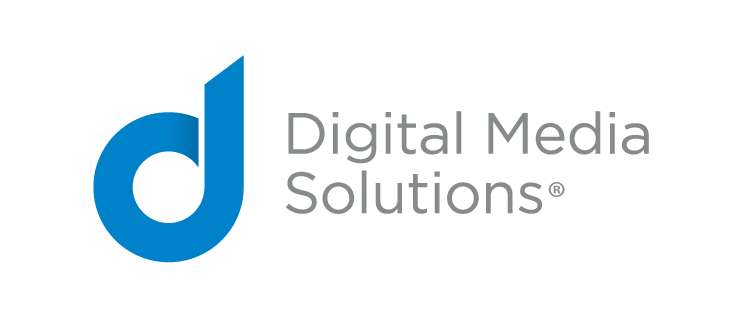The rise of ecommerce during 2020 has increased online shopping while turning many consumers into omnichannel shoppers searching for good deals and convenient delivery options. CPG brands have seen unprecedented growth in online sales this year, with many shoppers going online multiple times a week for CPG products. According to an analysis of CPG sales by Boston Consulting Group (BCG), “online food and beverage sales have spiked to as high as 15% of total retail sales” during the pandemic, up from 3% of retail sales prior to the pandemic. BCG predicts online sales of CPG products will land in the 6-8% range by 2022, past the “threshold that indicates and foreshadows an acceleration in growth of CPG online purchases.”
Many CPG Retailers Have Made Ecommerce As Seamless As Possible For Shoppers Of All Income Levels

Among new online shoppers are cash-strapped customers, many of whom are growing more comfortable with ecommerce in 2020. According to a recent study by Nielsen, “31% of those [cash] constrained global consumers told us they were new to online shopping in CPG, and a whopping third of them were [now] shopping [online] multiple times a week.” As a result, many CPG brands have removed as many “barriers” as possible, making it more turnkey than ever to buy online.
Throughout the pandemic, many brands were able to meet the needs of consumers by creating seamless transactions that made it easy to buy online and pick up inside or outside stores. For many shoppers who had never used ecommerce or bought online before, ease of use allowed them to feel comfortable with the new shopping format and encouraged repeat use. “Savvy retailers spotted [the need for seamless transactions] early on and moved to remove as many barriers as possible to online shopping. Delivery charges, preferred pricing, promotions on essentials and the like were all tactics to cast the net beyond the well-heeled or more economically confident shopper cohorts,” said Scott McKenzie global head of the Nielsen Intelligence Unit.
Through Personalization, Machine Learning And Promotions, CPG Brands Can Effectively Engage Consumers
The rise of ecommerce means that more people are shopping around, which includes comparing prices, and in many cases, using non-branded search terms to find products. The uptick in these consumer behaviors offers more competition for CPG brands and new opportunities for customer acquisition, which is going to be essential in the coming years. In order to connect with consumers and scale revenues many brands have deployed several effective tactics including:
More robust content marketing, including landing pages and interactive strategies, which personalizes the brand experience, builds trust with consumers and creates opportunities for targeted advertising campaigns that reach the right shoppers. Content marketing can be a valuable way to gain first-party data via lead forms and personalized promotions, and drive conversions by tapping into different habits that are motivating CPG sales, like cooking at home more. Content marketing is also effective for sharing social responsibility initiatives that are increasingly important to many consumers.
Marketing technology that leverages machine learning (ML) and artificial intelligence (AI) to effectively predict and manage any supply and demand issues. Early in the pandemic, many brands were struggling with matching sudden surges in demand. Since the days of panic buying have subsided, brands are deploying machine learning and AI strategies that are able to more effectively mitigate inventory and delivery issues, so brands aren’t advertising what they don’t have and instead can focus on those products that are in-demand and well stocked. Something as simple as a brand seizing this moment of increased online shopping by having stocked inventory can capture brand loyalty from previously brand agnostic shoppers.
Partnerships, influencer content and affiliate campaigns can increase brand awareness and allow CPG brands to boost engagement across channels, particularly when offering deals or promoting loyalty programs. Strategically placed advertising across retailer ecommerce platforms that highlights savings can be critical to the success of these advertising tactics. Affiliate campaigns geared toward consumers taking a specific action, like downloading an app, signing up for a newsletter, or completing a purchase are also popular with advertisers due to their pay-for-performance payment structure and effectiveness.
CPG Brands Turn To DTC Models To Keep Up With Rising Ecommerce Popularity
Although it’s essential that CPG brands effectively reach consumers on existing ecommerce platforms like Amazon and Walmart to sell their products, many are also deploying their own strategies to reach consumers directly. A properly executed direct-to-consumer (DTC) strategy includes the creation of an ecommerce platform that allows brands to collect first-party data, amplifies the success of products sold across other channels and facilitates direct engagement and purchasing ability from consumers, which encourages loyalty. Traditional CPG brands that are leveraging the success of DTC ecommerce to reach consumers directly include Coke, Pepsi and Unilever.
Ecommerce Is Popular, Even For Verticals Not Typically Sold Online
The unusual circumstances of 2020 has seen products from every vertical bought online, providing opportunities for increased engagement, brand awareness and sales. Even CPG, a category traditionally only purchased in person, has benefitted from changing consumer behaviors, with many CPG brands subsequently making adjustments to online shopping platforms, customer acquisition and existing customer outreach. It’s essential that brands in every vertical pay attention to the ecommerce trends of today, because online shopping habits are likely to stick around.
Seeking New Ways To Maximize Your Customer Acquisition?
Digital Media Solutions (DMS) is a technology-enabled, data-driven performance advertising solutions provider connecting consumers and advertisers. Contact DMS today to learn how our first-party data asset, proprietary technology and expansive digital media reach can help you scale your customer acquisition results.



